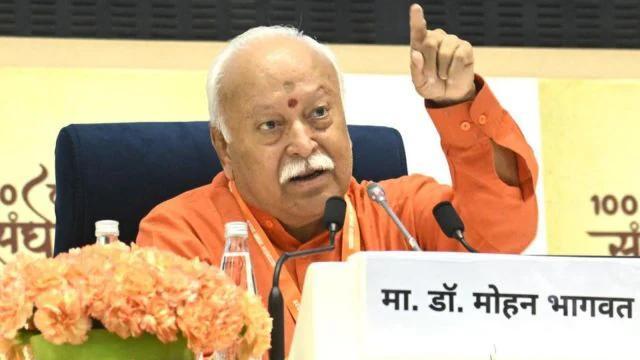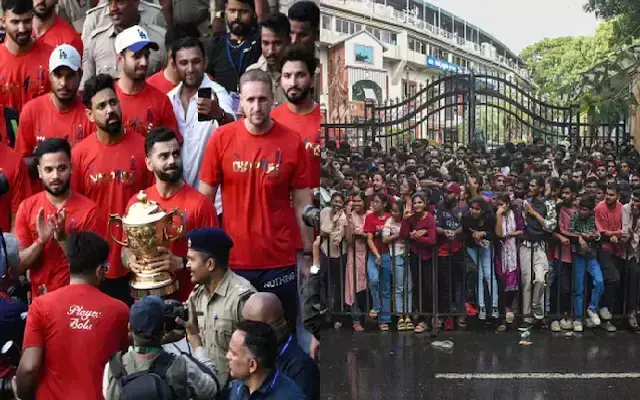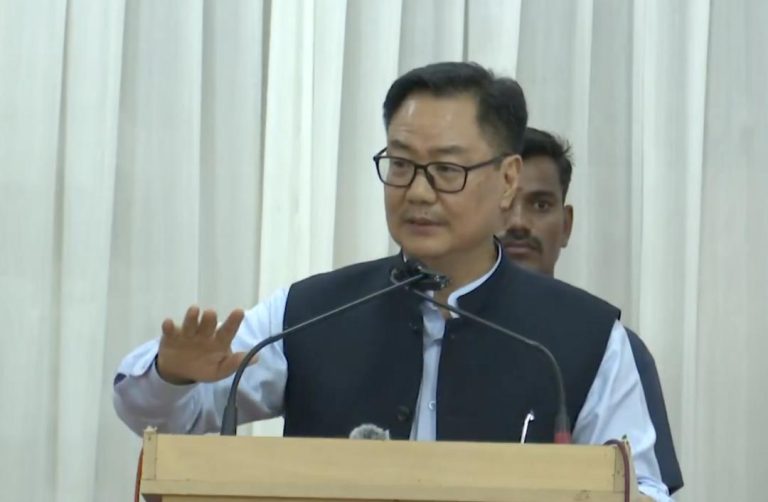
Every Indian Family Should Have 3 Kids: RSS Chief Mohan Bhagwat
In a recent address, RSS Chief Mohan Bhagwat has sparked a controversy by stating that every Indian family should have three kids. The statement has raised eyebrows among many, who are concerned about the country’s growing population and the impact it has on its resources. While acknowledging that population concerns must be addressed and children should be adequately provided for, Bhagwat emphasized that families shouldn’t have more than three children.
The RSS Chief made this statement while addressing a gathering on the occasion of the 100th anniversary of the Rashtriya Swayamsevak Sangh (RSS). His comments were met with a mix of reactions, with some hailing his views as a bold and necessary measure to address the country’s demographic challenges, while others criticized him for being out of touch with reality.
So, what exactly did Bhagwat mean by his statement? And what are the implications of his suggestion for Indian families and the country as a whole?
Population Concerns
Before delving into Bhagwat’s statement, it’s essential to understand the context of population concerns in India. The country’s population is estimated to be over 1.3 billion, with the United Nations projecting it to surpass China’s population by 2027. The rapid growth of India’s population has put a significant strain on its resources, including food, water, and employment opportunities.
The Indian government has long been concerned about the country’s population growth rate, which is currently around 1.2%. In 2016, the government launched the National Population Policy, which aimed to reduce the total fertility rate (TFR) to 2.1 children per woman. A TFR of 2.1 is considered the replacement rate, which means that each generation would be replaced by the next without any significant increase or decrease in population.
However, despite the government’s efforts, India’s population growth rate remains a significant concern. The country’s population is projected to continue growing, with some estimates suggesting that it could reach 1.7 billion by 2050.
Bhagwat’s Statement
In light of these concerns, Bhagwat’s statement that every Indian family should have three kids may seem counterintuitive. However, he argued that the government’s recommended population policy of 2.1 children per family is effectively equivalent to having three children, given the difficulties of having less than one child.
Bhagwat’s reasoning is that the TFR of 2.1 is an average, and not all families will have exactly 2.1 children. Some families may have more, while others may have fewer. Therefore, he suggested that families should aim for three children as a way of ensuring that the population growth rate remains within manageable limits.
Implications for Indian Families
Bhagwat’s statement has significant implications for Indian families, particularly those from lower-income backgrounds. Many families in India already struggle to make ends meet, and the added burden of supporting three children could be overwhelming.
Furthermore, having three children would require significant changes to family planning and education. For instance, parents would need to prioritize their children’s education and employment opportunities, which could be challenging in a country where education and job prospects are already limited.
Impact on the Economy and Society
The implications of Bhagwat’s statement extend beyond individual families to the economy and society as a whole. A growing population would put additional pressure on India’s resources, including food, water, and employment opportunities.
The economic implications of a growing population are significant. India’s economy is already facing challenges, including a slowing growth rate and high unemployment. A growing population would require significant investments in infrastructure, education, and healthcare, which could divert resources away from other important areas.
Furthermore, a growing population would also lead to increased competition for jobs, housing, and other resources, which could exacerbate social tensions and inequality.
Conclusion
In conclusion, Bhagwat’s statement that every Indian family should have three kids has sparked a controversy that highlights the complexities of population growth in India. While acknowledging the importance of addressing population concerns, it’s essential to consider the implications of his suggestion for Indian families and the country as a whole.
Ultimately, the decision of how many children to have is a personal one that depends on a range of factors, including family planning, education, and employment opportunities. Rather than imposing a blanket policy on families, the government and civil society should focus on providing support and resources to families to help them make informed decisions about their reproductive health.
Source:






